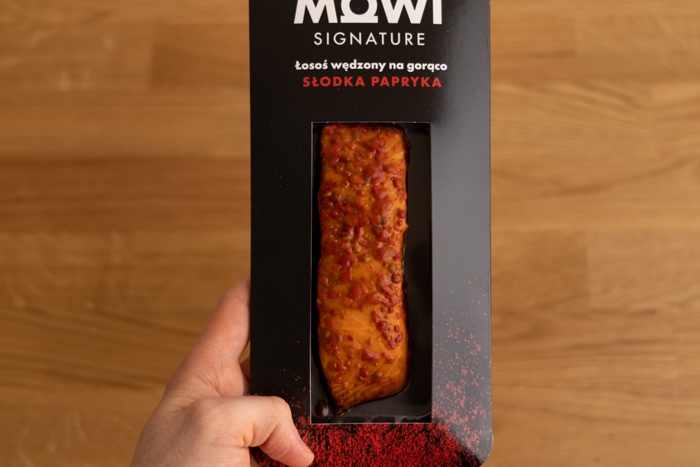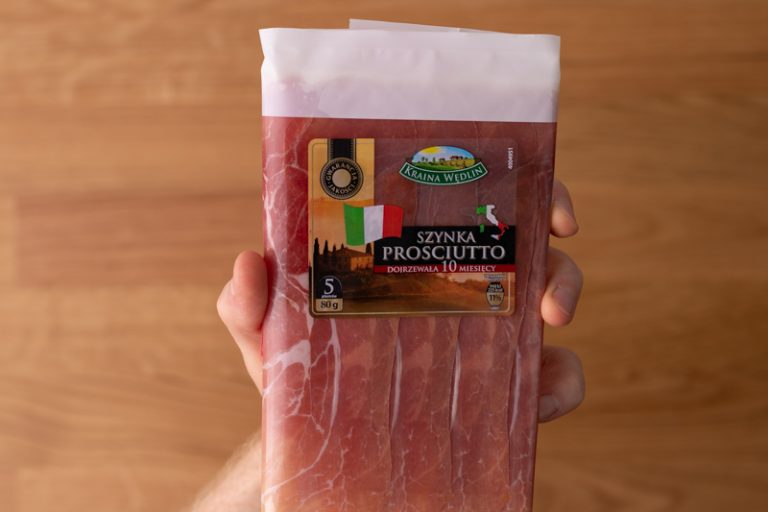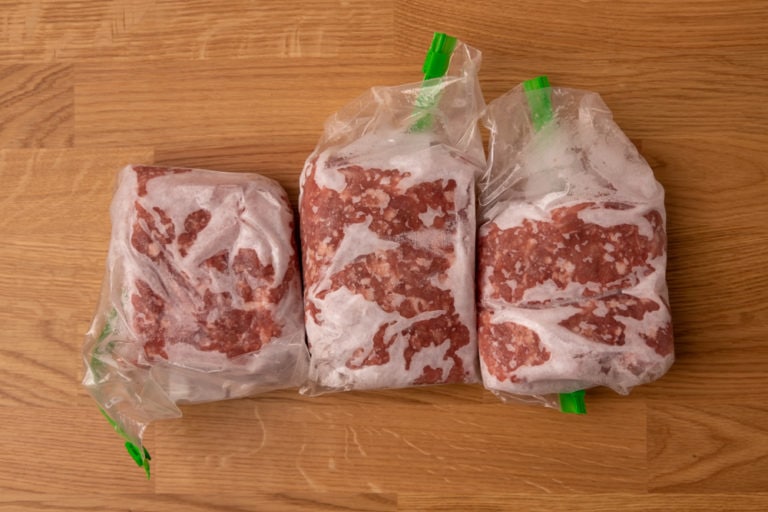How Long Do Dried Beans Last? Do They Go Bad?
There’s a bag of “expired” dried beans sitting in the pantry. Now that you’re ready to use them, you need to know: do dried beans go bad?
Or maybe you’re not sure what’s the shelf life of dried beans, or how to store them so that they last a long time.
If you’re looking for information on dried beans, this article is for you. In it, we cover:
- storing beans long term
- how long are dried beans good for and do they ever go bad?
- when to throw out dried beans
Interested? Let’s dive in.
Looking for info on baked beans instead? We have an article on the storage and shelf life of baked beans for you.
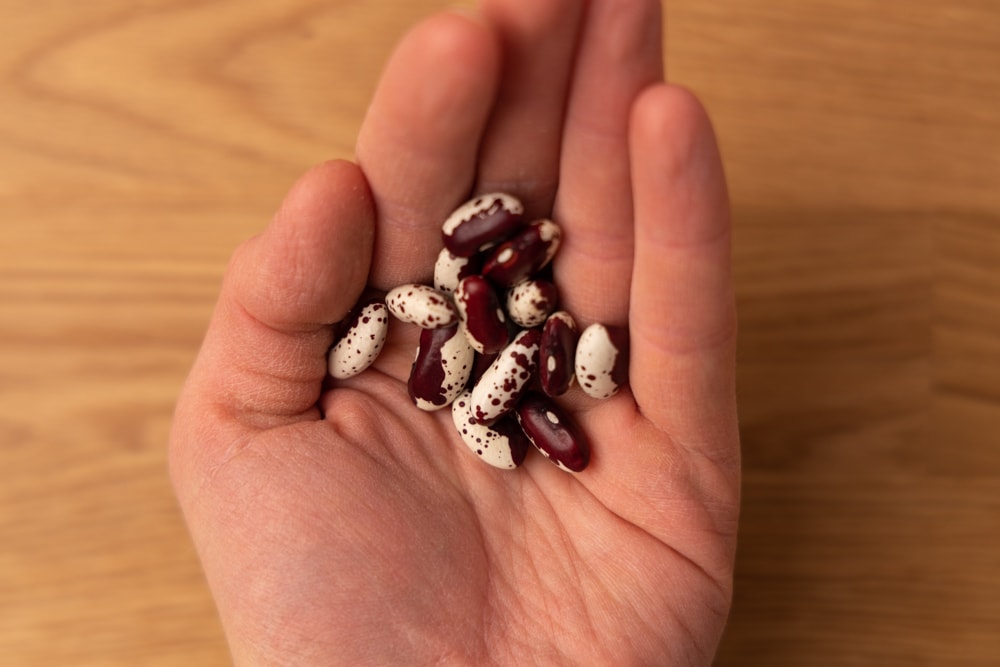
Do Dried Beans Go Bad?
Dried beans don’t really expire or go bad if they’re properly stored, but they don’t retain the same quality forever. After a few years, you might notice they don’t taste as good, and after about 5 years most of the vitamin content is gone.
In other words, if you’re concerned about getting the most of your dried beans in terms of nutrition, consider tossing them out after 2 to 3 years of storage. That’s when they start to lose vitamins.
If you’re not as worried about the vitamins, you can keep them around for years longer, and they will be safe to eat.
Unfortunately, you can only tell if your beans are good enough in terms of quality after you soak and cook them. Fortunately, most 5+ years old beans are still okay and you can turn them into delicious baked beans.
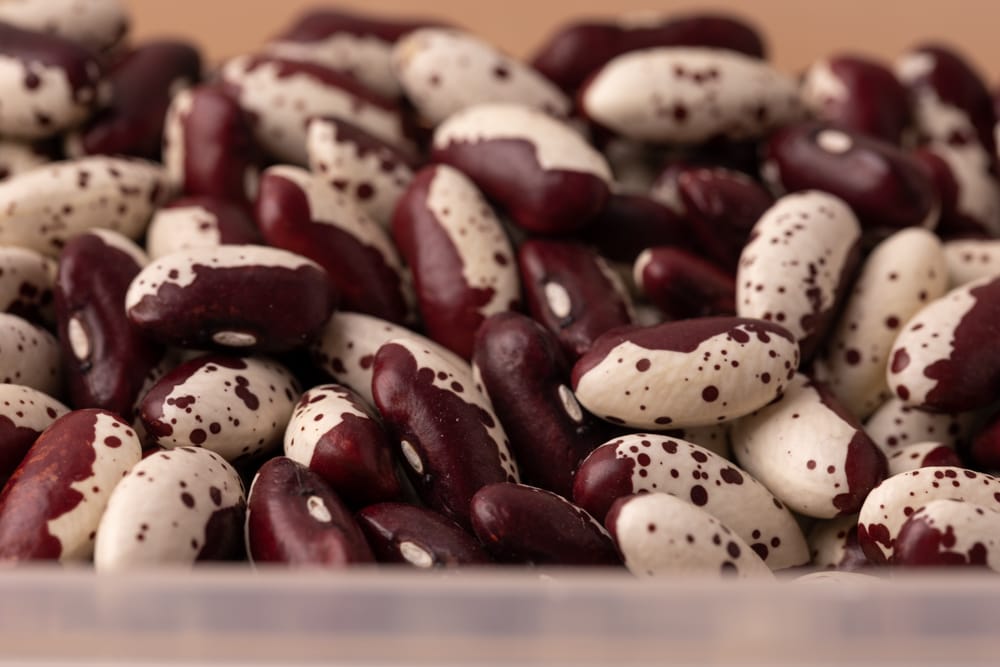
How to Tell If Dried Beans Are Too Old or Bad and You Should Toss Them?
Discard your dried beans if:
- There are pantry bugs in the bag or containers. If you can find any weevils or other pests, dead or alive, those beans are done for.
- Beans smell off. A rancid, sour, or off (in any other way) odor is a sure sign you need a new box.
- There’s mold in the container. That’s a rare occurrence, but if it happens, you know the drill.
Last but not least, let’s talk about bean quality.
Some of the beans in the container might be shriveled or discolored (like the ones in the photo below). Sort them out and discard them before soaking the rest of the beans.
Beans fading in color is a natural reaction to light. In other words, the loss of color doesn’t mean they’re spoiled by any means.
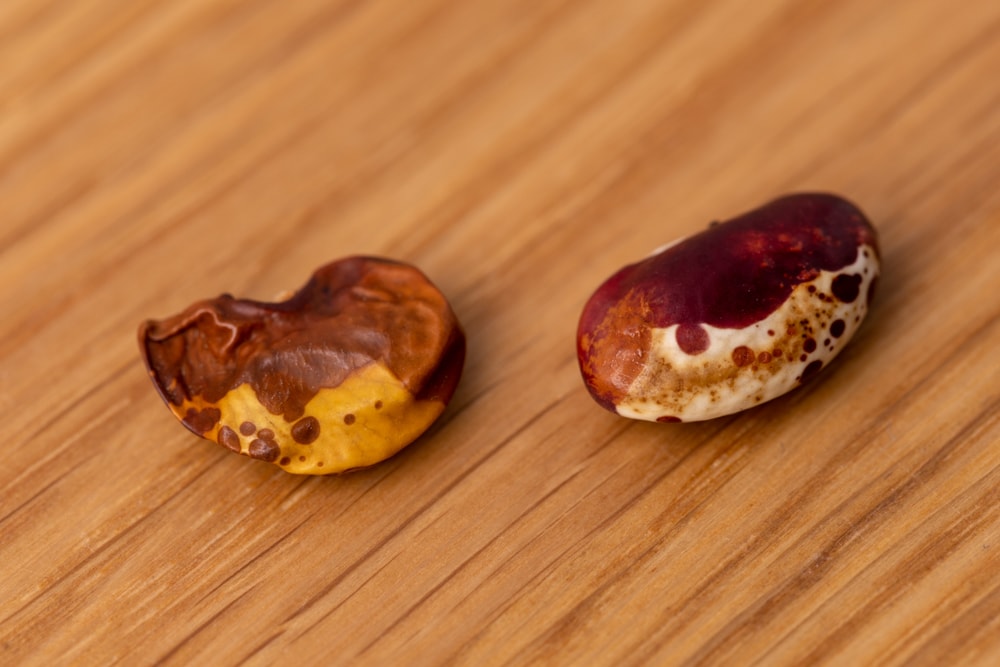
How To Store Dried Beans
Dried beans are shelf-stable and you should store them in a cool, dark, and dry place. A dark cupboard in the kitchen or pantry works great for that purpose. To protect them from bugs and moisture, make sure they’re sealed tight.
Those guidelines work for popular bean varieties such as white beans, black beans, and kidney beans, but also the less popular ones like navy beans or chickpeas.
Dried beans have gone through a lengthy drying process. In it, much of their moisture has been removed. Because of that, the beans are shelf-stable and retain good quality for a very long time.
In terms of storage, they don’t really need that much. Like other dried products, such as dry lentils, dry chickpeas, or dried pasta, you only need to remember to keep them in a cool, dark, and dry place.
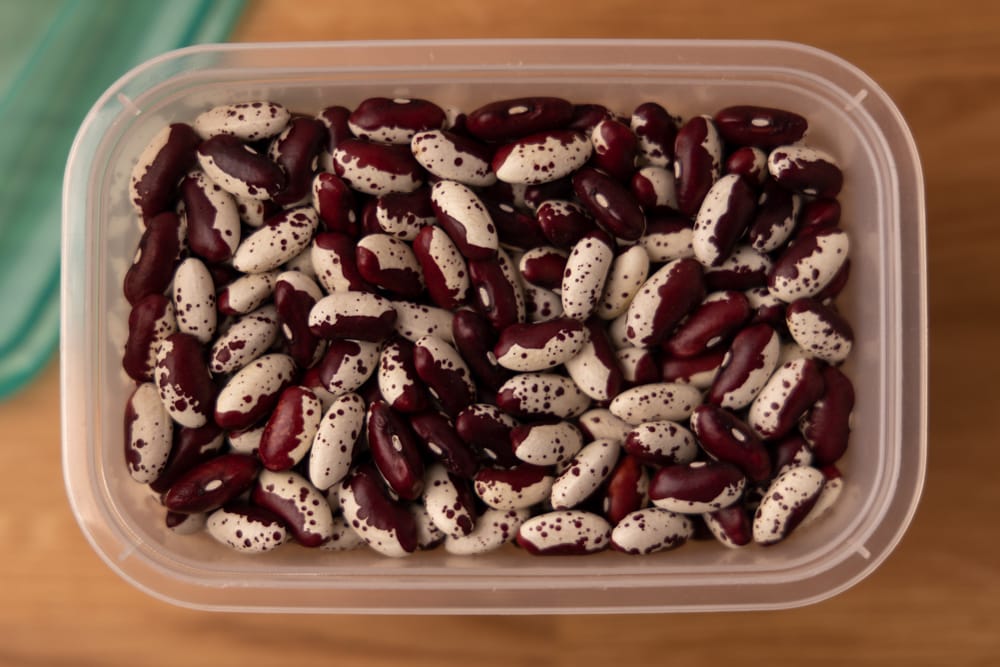
In most cases, dried beans are sold in bulk. Generally, you can leave them as-is in the plastic bag, especially if you expect to use them within a few months, up to maybe a year.
For long-term storage, an airtight container or a freezer bag will be a better option.
If you go with the freezer bag, remember to squeeze out all the air before fastening the bag.
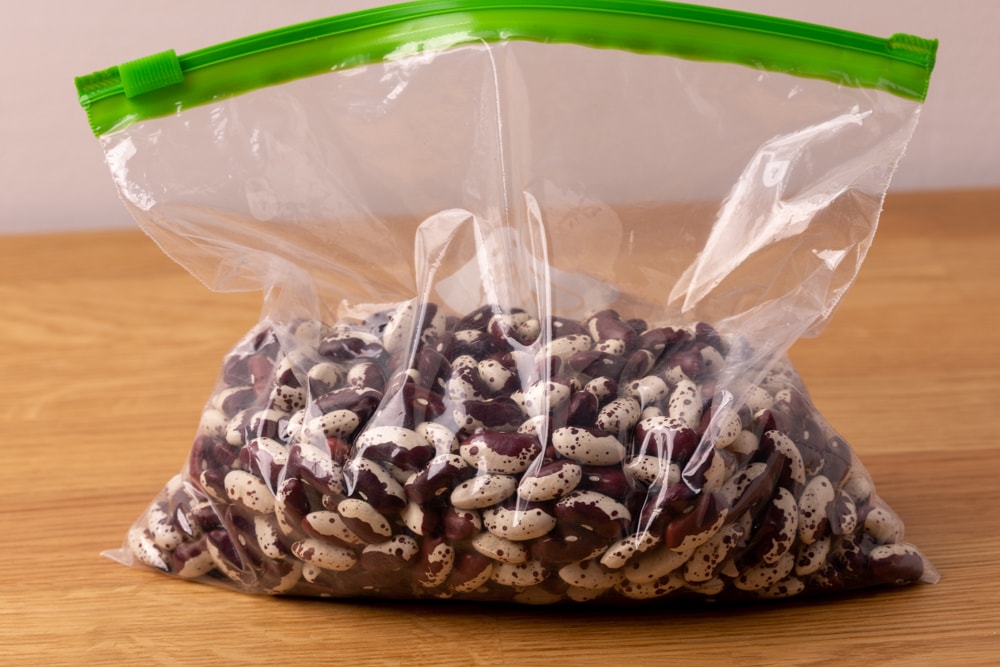
A bag or container that’s sealed tight protects the beans from pantry bugs and moisture.
Both options are better than the open plastic bag because they limit air access to the beans, and oxygen can lead to rancidity in bean oils.
For bonus points, you can put an oxygen absorber in the bag or container, or vacuum-seal it. But that makes sense only if you plan on storing the beans for like 10+ years.
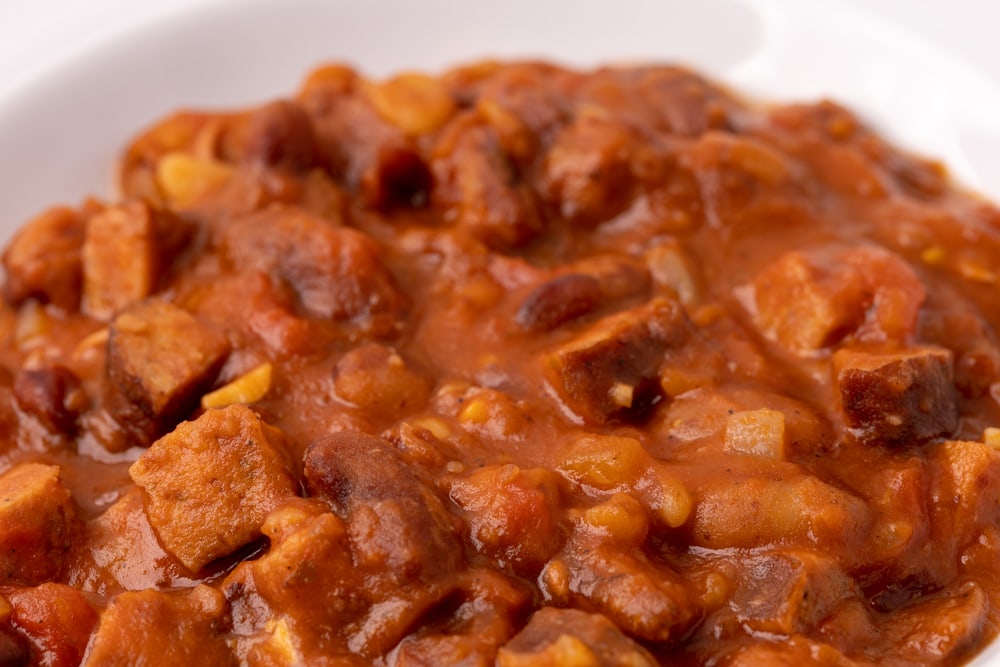
How Long Do Dried Beans Last
Properly stored dried beans stay safe to eat indefinitely, but start to lose vitamin content after 2 to 3 years of storage. After 3 to 5 years, the taste starts to gradually alter for the worse, and your baked beans might not be as good as you’re used to.
If yours come with a best-by date (which is not an expiration date by any means), just add a year or two to that date and go with that for best quality.
The longer the beans are stored, the worse the quality. But in most cases, even 5+-year-old beans are perfectly fine to use.
Some time ago my wife cooked baked beans with the beans that sat in the cupboard for who-knows-how-long, and the dish turned out great. Chances are your “ancient” black, white, or kidney beans are still good enough to use.
| Pantry | |
|---|---|
| Dried beans | 2 – 3 years for best quality |
Did you know you can freeze baked beans?
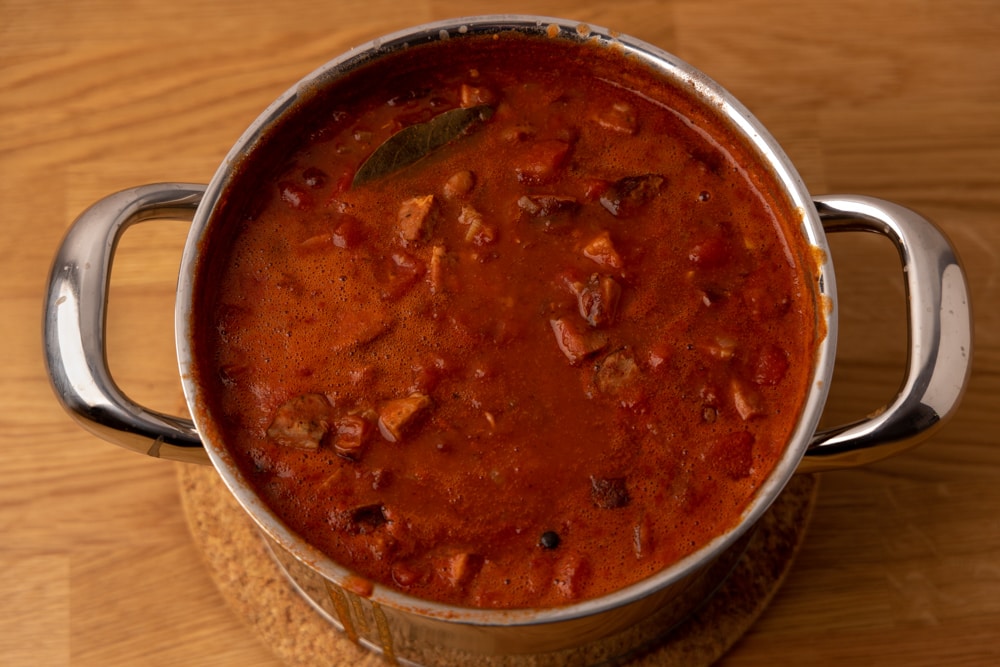
Dried Beans Shelf Life and Expiration Summary
Thank you for reading this short guide on dried beans. Here’s the summary of what we’ve covered:
- Do dried beans go bad? Dry beans don’t expire or spoil if you store them properly, but that doesn’t mean they last forever. After about 5 years most of the vitamins are gone, but the quality stays pretty good much longer. If you did everything right, your 10-years-old dry beans should still be okay to eat. Maybe not as tasty, but definitely safe to consume.
- How long do dried beans last? Dried beans retain best quality for 2 to 3 years, but stay pretty good for more than twice as long. As long as you keep them away from moisture and safe from pantry bugs, they will last years without much change in quality.
Rotten Records: Share Your Snap!
Caught some food past its prime? Upload your photo to “Rotten Records” and help others spot the signs of spoilage. Every image makes our food community safer and more informed!
![How Long Do Chickpeas Last? [Dried, Canned, and Cooked]](https://www.doesitgobad.com/wp-content/uploads/Dried-chickpeas-bag-768x512.jpg)

